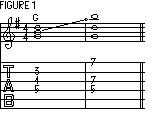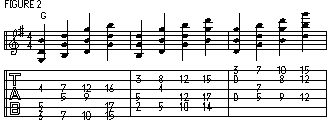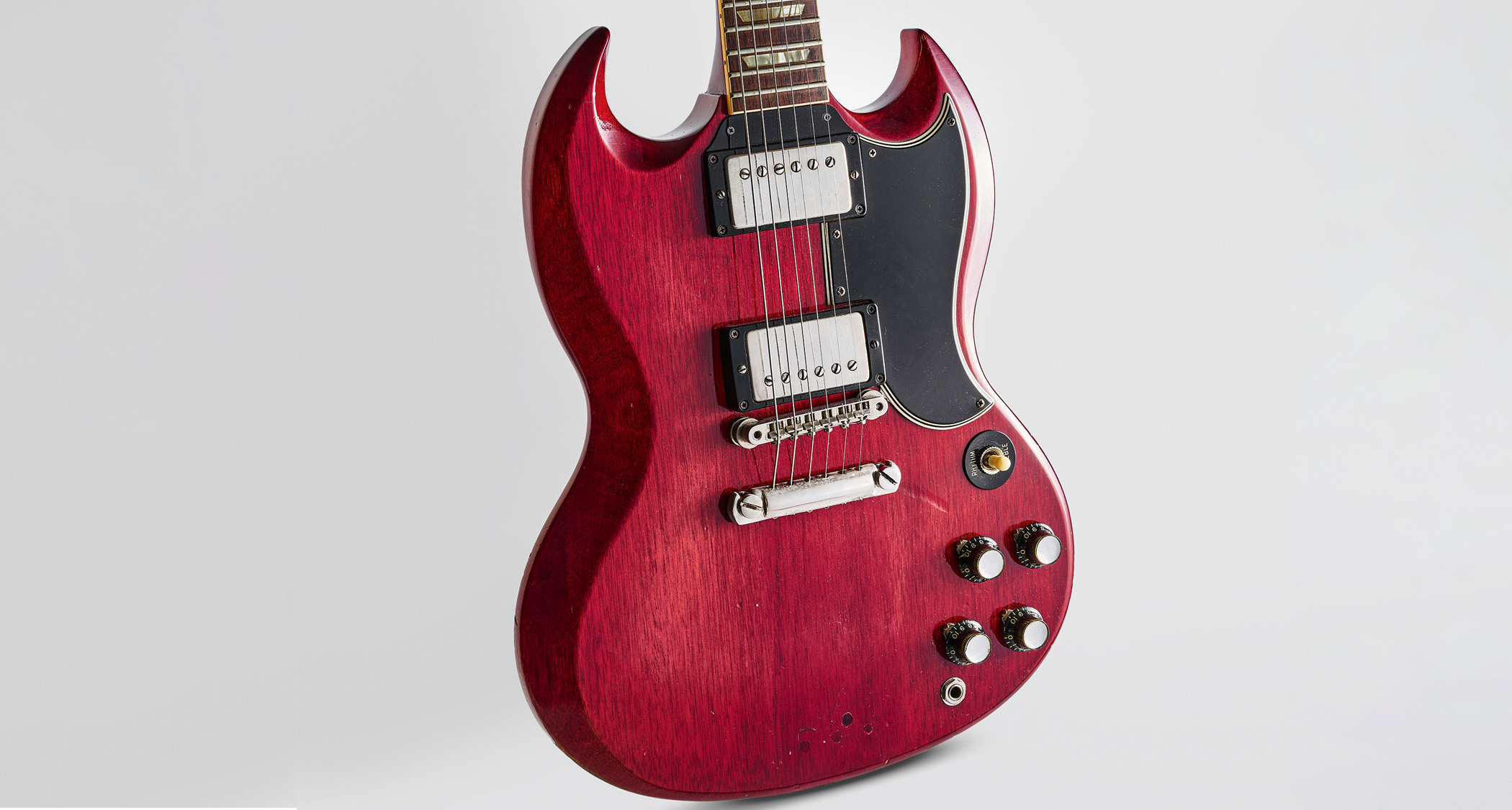Eric Johnson Lesson: Expand Your Chordal Vocabulary with Open-Voiced Triads

I often get asked about my chord work, particularly about the voicings I use.
My chord style initially developed as a result of my dissatisfaction with the way traditional guitar voicings, particularly triads, sounded.
As most of you probably know, I'm a stickler for tone. And when I was starting out, I quickly realized that the garden-variety triad voicings sounded pretty gnarly when played with distortion-they were muddy and lacked clarity.
To remedy the problem, I would try to figure out ways to voice them where they would sound good even when played using a crunch tone. I quickly realized that open-voiced triads-ones in which the individual notes, or voices, are spread out-lent themselves best to distortion.
The whole trick to creating open-voiced triads is to take the middle note of a close-voiced triad (named so because the intervals are stacked as close together as possible) and play it an octave higher or lower.
Let's apply this concept to a root position (where the root is the lowest-sounding note) G chord. Take the third (B) and move it an octave higher, to the E string, and you get the rich-sounding voicing illustrated in FIGURE 1. You can apply this principle to inversions of both major and minor triads.

As shown in FIGURE 2. I use almost all of these voicings regularly-I really love the way they sound. I often do to spice up my solos using arpeggiate open-voiced triads, that is, play the notes of each chord in succession. The beauty of these chords is that when arpeggiated, they sound even better!
All the latest guitar news, interviews, lessons, reviews, deals and more, direct to your inbox!


Play FIGURES 3 and 4, which depict the harmonized C and G major scales respectively, and you'll her what I mean.


Once you're comfortable with them, check out FIGURE 5, which is similar to a passage I play in the intro solo to "Cliffs of Dover."

It seems that a lot of guitarists like to focus their energy on their single-note chops, and as a result, they'll play voicings that are not nearly as sophisticated as their single-note lines. However, if you spend as much time working on chords, as you do on single-note ideas, you can come up with not only innovative rhythm parts, but great chordal-based soloing ideas as well.
